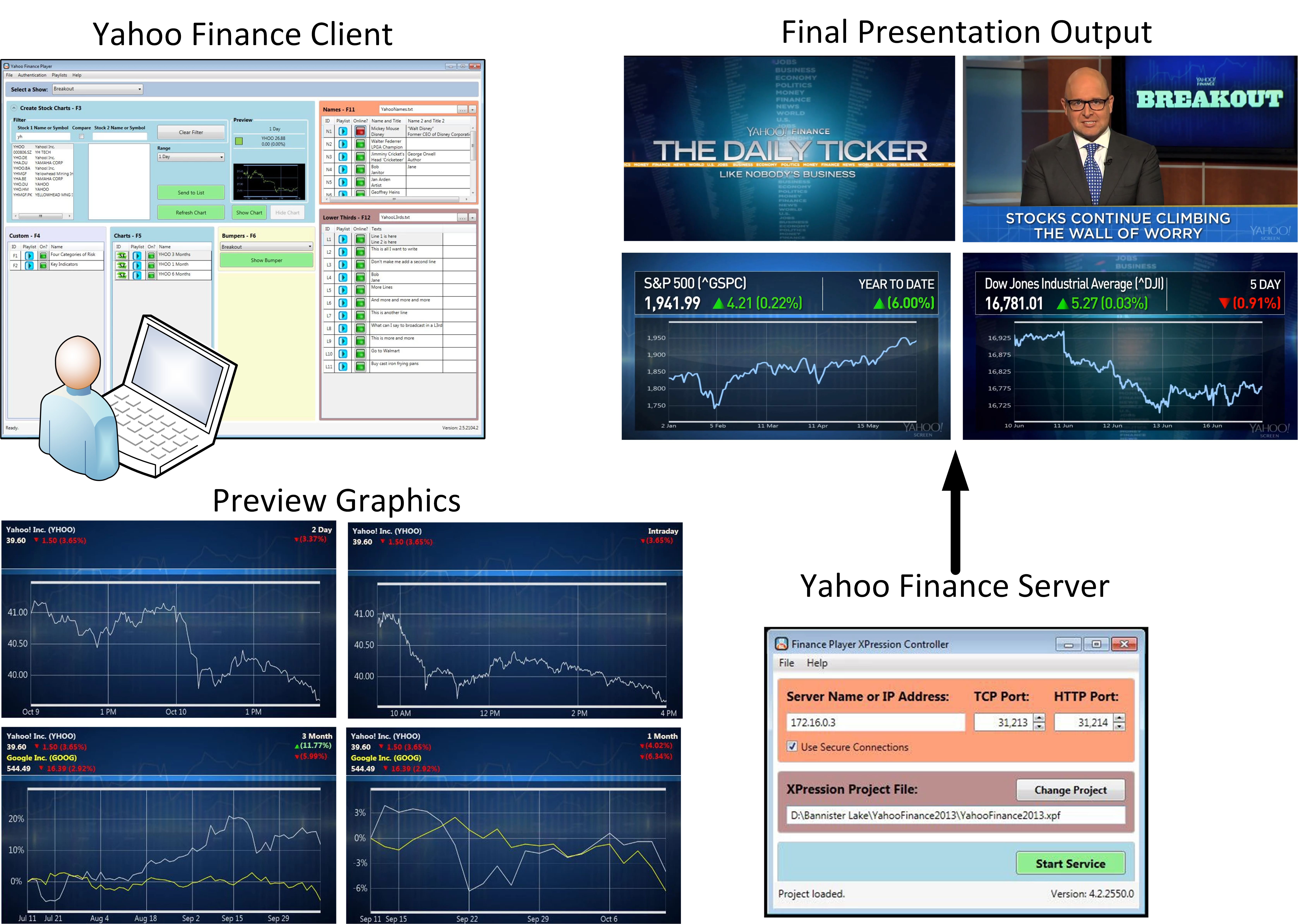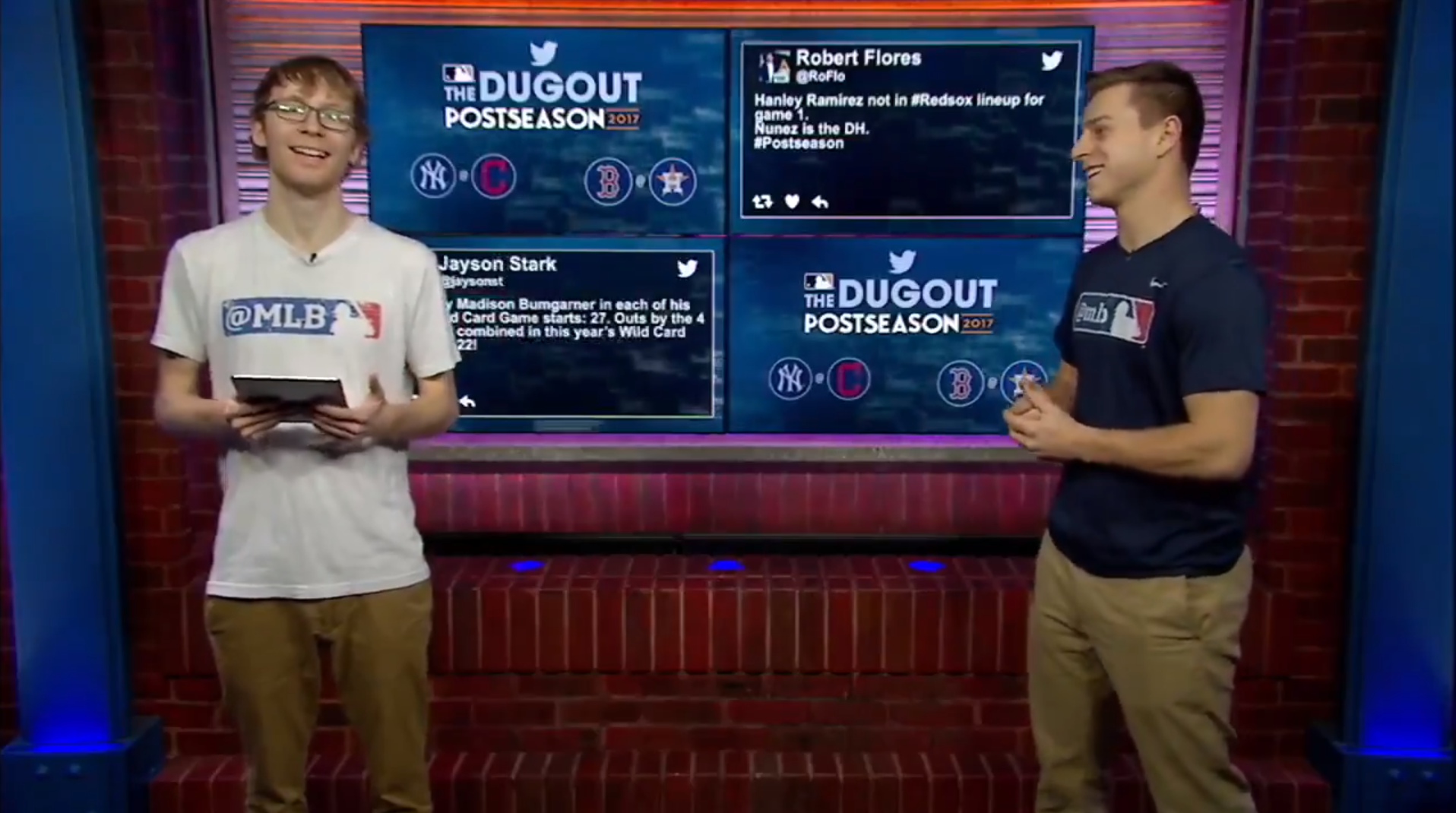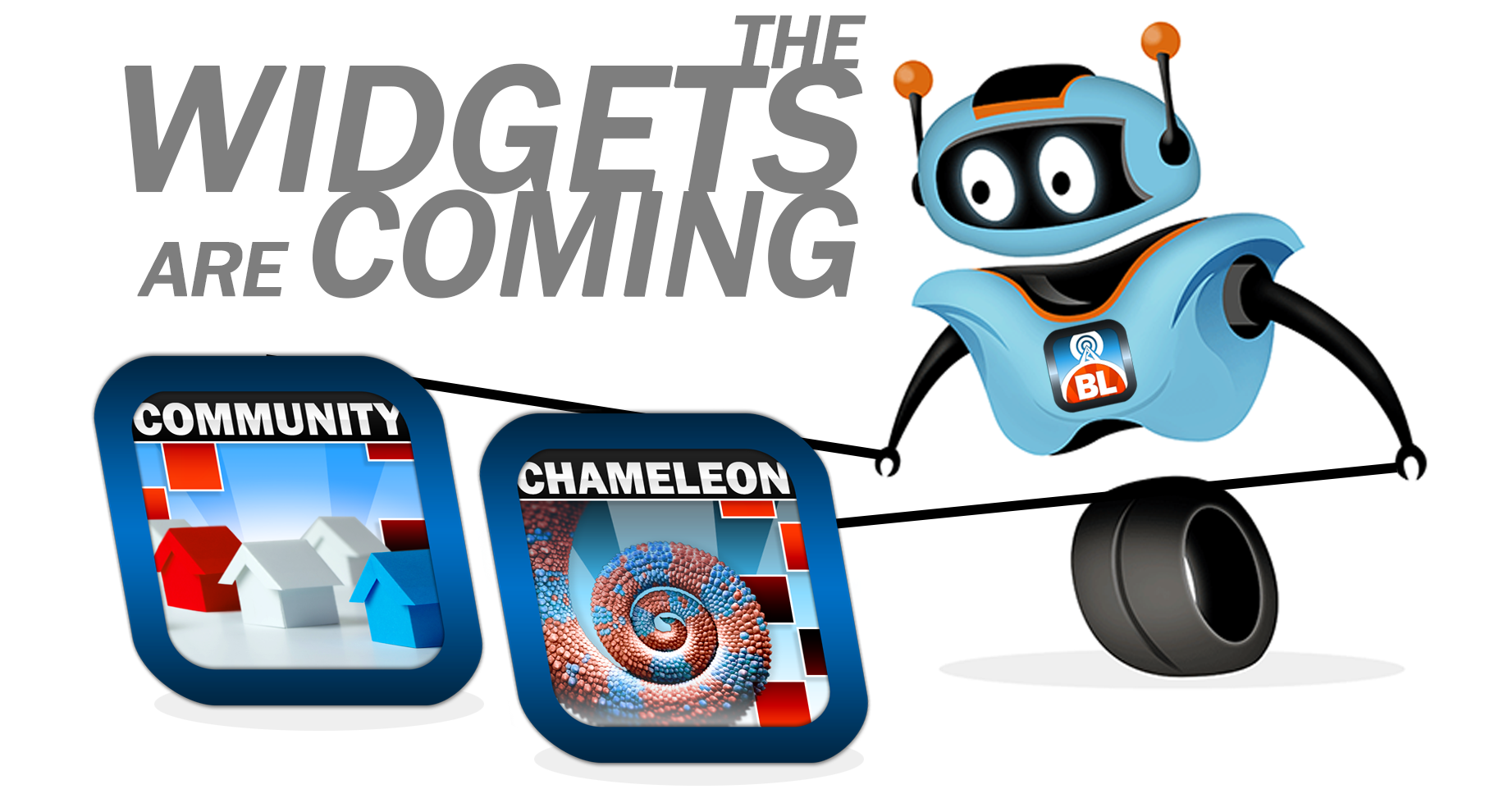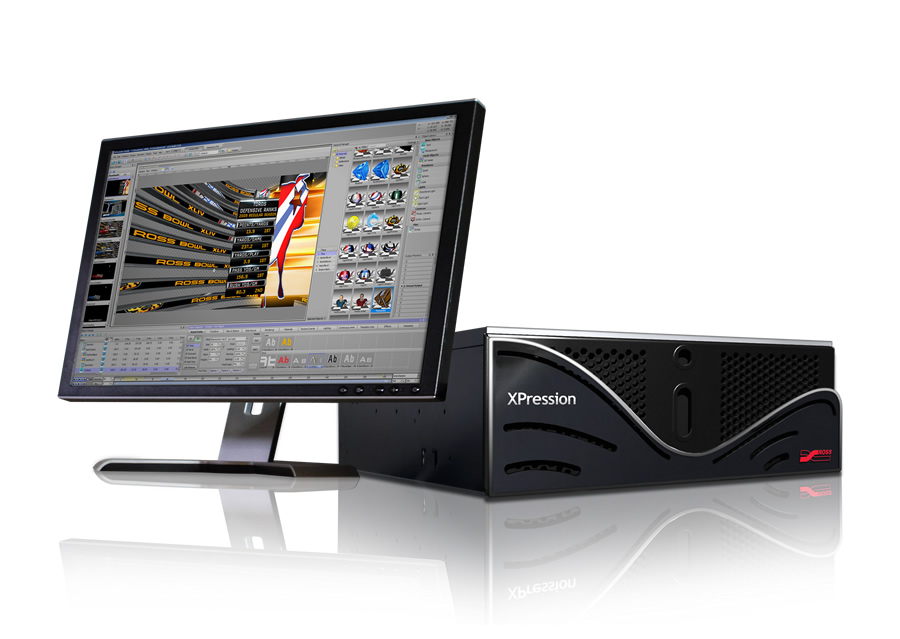Bannister Lake played an important role during coverage of the June 7th Ontario 42nd general election delivering flawless results throughout the evening for three Ontario broadcasters. Bannister Lake’s Elector product provided editorial teams at Global Television, TVO and French language public broadcaster TFO with real-time results, advanced race filtering, and the ability to quickly and accurately create graphic playlists for broadcast.
Unlike previous elections, Elections Ontario utilized tabulators at many polling stations across the province which dramatically speed up the distribution of results data. Elector’s multi-user, web-based UI easily handled the deluge of data and provided producers and analysts with newsworthy voting trends, the ability to accurately make race calls and in turn translate those trends into powerful graphic presentations.
This election marked Global Television’s twelfth time using Elector on a major election broadcast. Beyond conventional broadcast graphics, Global used Elector’s RestAPI to integrate election data directly into augmented reality and virtual reality elements creating 3D interactive environments that complimented storytelling.
TVO first used Elector for the 2011 Ontario election and again in 2014. For the 2018 election broadcast, TVO used Elector to create a more analytical program featuring a wide variety of live data graphics that provided editorial context and insight.
This election was TFO’s first experience with Elector. TFO’s broadcast focused on Ontario’s Francophone population and used a combination of augmented and traditional graphics to convey the impact of election night. To accommodate TFO’s French language requirements, Bannister Lake translated the Elector UI into French ensuring TFO staff was able to fully utilize Elector’s capabilities. TFO also extended their broadcast by making their Elector generated graphics available on Facebook Live.
Bannister Lake provided all three broadcasters with a variety of professional services that complimented and enhanced their editorial and on-air capabilities. The Bannister Lake data integration team worked closely with the Canadian Media Election Consortium to ensure that results data flowed perfectly into each broadcaster’s Elector systems. The creative team led graphics integration connecting live data to graphic templates while ensuring that graphics performance was optimized. Bannister Lake led training sessions for editorial and production staff.
Elector is used throughout Canada and the US delivering reliable election night results and analysis for federal, regional and municipal races. An industry staple for over fourteen years, Elector can drive 2D and 3D graphic displays across any broadcast graphic playout system.













 Next up, the May 30th
Next up, the May 30th  Elector started out with an emphasis on generating all the graphics for a standard election broadcast. But over time, it has become an editorial tool helping talent make sense of the election, mathematicians make calls, producers show the ridings graphics that matter at any particular time, augmented reality show information and graphics, news department show breaking news and websites provide the most up-to-date data.
Elector started out with an emphasis on generating all the graphics for a standard election broadcast. But over time, it has become an editorial tool helping talent make sense of the election, mathematicians make calls, producers show the ridings graphics that matter at any particular time, augmented reality show information and graphics, news department show breaking news and websites provide the most up-to-date data. Our web interface to Elector, Flow, is what pulls it all together. At any particular time, we may have large numbers of users using the data in different ways. And with Flow’s user classes, each type of user sees things tuned to their needs and editing privileges. Flow lets us compile the details about ridings, candidates and parties. It also has support for historical elections giving the users a way to see past election data to provide a historical perspective.
Our web interface to Elector, Flow, is what pulls it all together. At any particular time, we may have large numbers of users using the data in different ways. And with Flow’s user classes, each type of user sees things tuned to their needs and editing privileges. Flow lets us compile the details about ridings, candidates and parties. It also has support for historical elections giving the users a way to see past election data to provide a historical perspective. Elector has a collection of tools that work together to generate valuable insights into the real-time election results. It starts with as much of the results from the previous election as is available. From there we add information about current candidates indicating which ones are candidates of interest for reasons such as being a star candidate, a subject of a media scandal or an independent with a chance, etc. Predictions for the results in each riding are also added on a party basis. As the results start to come in, Elector goes to work to help mine the entire collection of past, present and predictions for interesting results. While users are reviewing the individual riding results in the Results Summary page the Interesting Agent is busy identifying interesting events such as an incumbent losing, close races and a party taking the lead in a riding they were not expected to win. As these events are identified they are presented to users of Elector via quick popups that identify the interesting events for the riding. As the results accumulate, Elector highlights each riding which may be ready to declare a candidate elected. An analyst can quickly popup the detailed riding results allowing them to make the final call and elect the candidate right there on the summary results page.
Elector has a collection of tools that work together to generate valuable insights into the real-time election results. It starts with as much of the results from the previous election as is available. From there we add information about current candidates indicating which ones are candidates of interest for reasons such as being a star candidate, a subject of a media scandal or an independent with a chance, etc. Predictions for the results in each riding are also added on a party basis. As the results start to come in, Elector goes to work to help mine the entire collection of past, present and predictions for interesting results. While users are reviewing the individual riding results in the Results Summary page the Interesting Agent is busy identifying interesting events such as an incumbent losing, close races and a party taking the lead in a riding they were not expected to win. As these events are identified they are presented to users of Elector via quick popups that identify the interesting events for the riding. As the results accumulate, Elector highlights each riding which may be ready to declare a candidate elected. An analyst can quickly popup the detailed riding results allowing them to make the final call and elect the candidate right there on the summary results page. I’m always thrilled when I see our users utilizing our software. For example, David Akin, Global TV’s Chief Political Correspondent posted screenshots of Flow on twitter throughout the evening. He was using the screenshots to describe some of the riding results.
I’m always thrilled when I see our users utilizing our software. For example, David Akin, Global TV’s Chief Political Correspondent posted screenshots of Flow on twitter throughout the evening. He was using the screenshots to describe some of the riding results. Elections are a hectic and scary event for all news departments. It often requires a small army to pull it off. Elector, which got its start from a New Brunswick election in 2006, has come a long way. Not only does it include all the editorial, watchlists and number crunching tools in Flow but it has a rehearsal tool providing a way for teams to test different scenarios pre-election, a RESTful api making the data available to other sources like websites and virtual devices and data parsers which are tuned for the quickest and most accurate results.
Elections are a hectic and scary event for all news departments. It often requires a small army to pull it off. Elector, which got its start from a New Brunswick election in 2006, has come a long way. Not only does it include all the editorial, watchlists and number crunching tools in Flow but it has a rehearsal tool providing a way for teams to test different scenarios pre-election, a RESTful api making the data available to other sources like websites and virtual devices and data parsers which are tuned for the quickest and most accurate results.
 In 2008, we started our investigation into an alternative CG. We had a close look at many of the leading CGs and even a few obscure ones, some of which have faded into the sunset. They were all fine but Francis and I were never satisfied with the programming api to those CGs.
In 2008, we started our investigation into an alternative CG. We had a close look at many of the leading CGs and even a few obscure ones, some of which have faded into the sunset. They were all fine but Francis and I were never satisfied with the programming api to those CGs.
